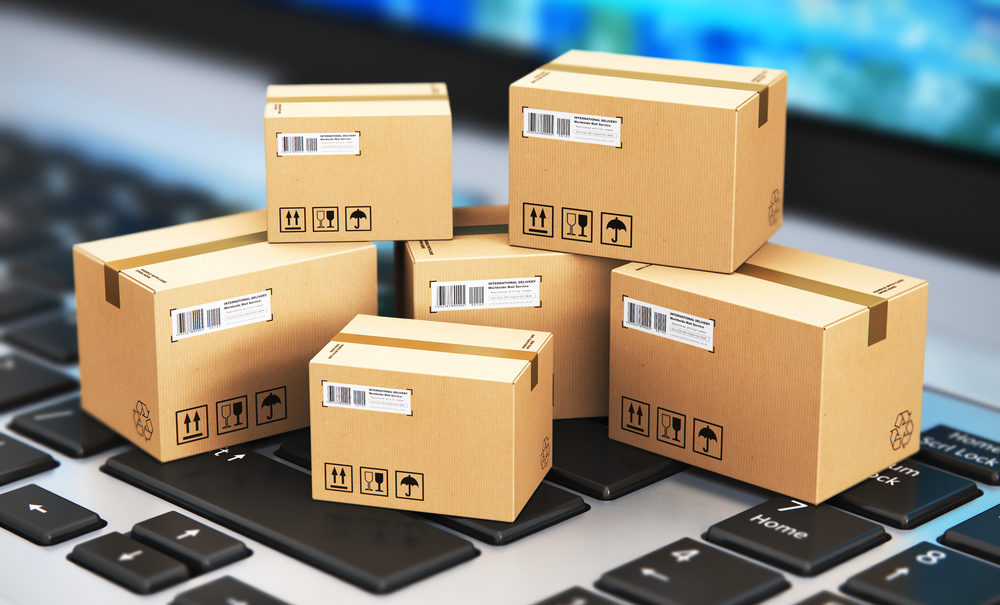In today’s digital age, e-commerce is at the forefront of reshaping the way consumers shop. It’s not just about the convenience of shopping from your couch or receiving a parcel at your doorstep; it’s also about the experience. And a significant part of this online shopping experience is deeply intertwined with packaging.
To the uninformed, packaging might seem like a simple process of wrapping items. However, e-commerce has brought to the limelight unique challenges that businesses need to tackle. The key is understanding the essential role packaging plays in the virtual marketplace and addressing the needs it presents.
1. The Presentation Factor
Unlike in brick-and-mortar stores where a consumer can touch, feel, and even try a product before buying, e-commerce doesn’t offer this luxury. Here, the first physical touchpoint between the brand and the consumer is when the product is delivered. Thus, the packaging must not only be functional but also have an aesthetic appeal.
A product that arrives in a beautifully designed, sturdy package communicates care, quality, and professionalism. It also amplifies the unboxing experience, which is, in turn, shared on social media platforms, giving brands free advertising and boosting their image.
2. Security and Protection
The e-commerce world has seen an immense diversification in the type of goods sold online. From fragile electronics to perishable groceries, companies now ship a vast array of items to consumers’ doorsteps. This shift demands adaptive and robust packaging solutions.
While retail store products might go through 5-6 touchpoints before reaching the consumer, an e-commerce product might go through 20 or more. That’s multiple chances for a product to get damaged. Effective packaging ensures that the product remains intact and reaches the customer in pristine condition.
3. Sustainability and Responsibility
With the sheer volume of online purchases, there’s a potential for a tremendous amount of packaging waste. This has put the spotlight on packaging companies to innovate and come up with sustainable solutions that minimize harm to the environment.
Fortunately, many packaging companies are stepping up, introducing biodegradable materials, reducing plastic use, and making recyclable packaging more accessible. The eco-conscious consumer appreciates and often seeks out brands that make an effort to reduce their carbon footprint, making sustainability not just a responsibility but also a business strategy.
4. Personalization and Branding
One of the powerful ways e-commerce brands stand out in the crowded online marketplace is through personalized packaging. Including a personal touch, whether it’s a handwritten note or tailored packaging design, makes customers feel special and valued.
Additionally, the packaging itself serves as a mobile billboard. Distinctive designs or branding elements make a package instantly recognizable, enhancing brand visibility and recall.
5. Cost Efficiency
While the primary focus of packaging is protection and branding, cost efficiency remains a concern. Packaging solutions should not only address the unique needs of the product but also be cost-effective, especially for small businesses and startups.
In conclusion, the symbiotic relationship between e-commerce and packaging is undeniable. As e-commerce continues to evolve, so will the role of packaging in enhancing the shopping experience, ensuring product safety, and advocating for sustainability. For businesses, striking the right balance in their packaging strategy can greatly impact customer satisfaction and brand reputation. With dedicated packaging companies rising to meet these challenges, the e-commerce world is set to be more innovative, responsible, and customer-centric.




